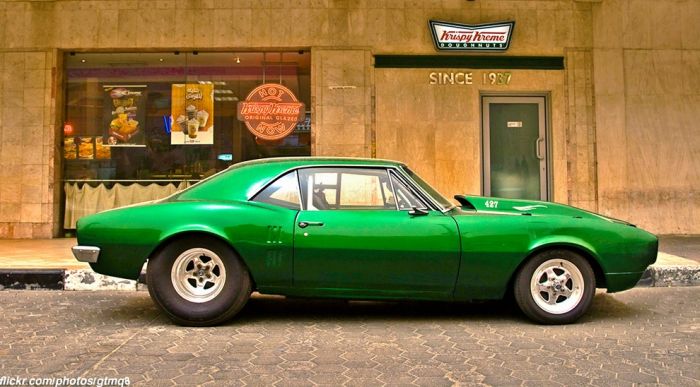|
|
American Automobile Industry
|
• The 1970s and 1980s
By 1969, imports had increased their share of the U.S. auto market, with Volkswagen selling 548,904 vehicles, followed by Toyota with 127,018 vehicles. In response to this, the domestic auto makers introduced new compact and sub-compact cars, such as the Ford Pinto and Maverick, the Chevrolet Vega, and the AMC Gremlin, Hornet and Pacer. However, design and manufacturing problems inflicted a number of these cars and led to unfavorable perceptions of the cars.
The auto industry was severely affected by the 1973 oil crisis Arab embargo. Small fuel-efficient cars from foreign automakers took a sharply higher share of the U.S. auto sales market. The federal government initiated fuel efficiency standards (known as Corporate Average Fuel Economy, or CAFE) in 1975, effective as of 1978 for passenger cars, and as of 1979 for light trucks. For passenger cars, the initial standard was 18 miles per gallon (mpg), and increased to 27.5 mpg by 1985.
General Motors began responding first to the high gas prices, by downsizing most of their models by 1977. In 1979, the second oil price spike occurred, precipitated by political events in Iran, resulting in the 1979 energy crisis. By 1980, the economy slid into turmoil, with high inflation, high unemployment, and high interest rates. The automakers suffered large operating losses. Chrysler was hurt most severely and in 1979 received a bailout from the federal government in the form of $1.5 billion in loan guarantees, one quick fix was a Detroit-built version of their then-new French (Simca) economy car, the Horizon.
|
|









